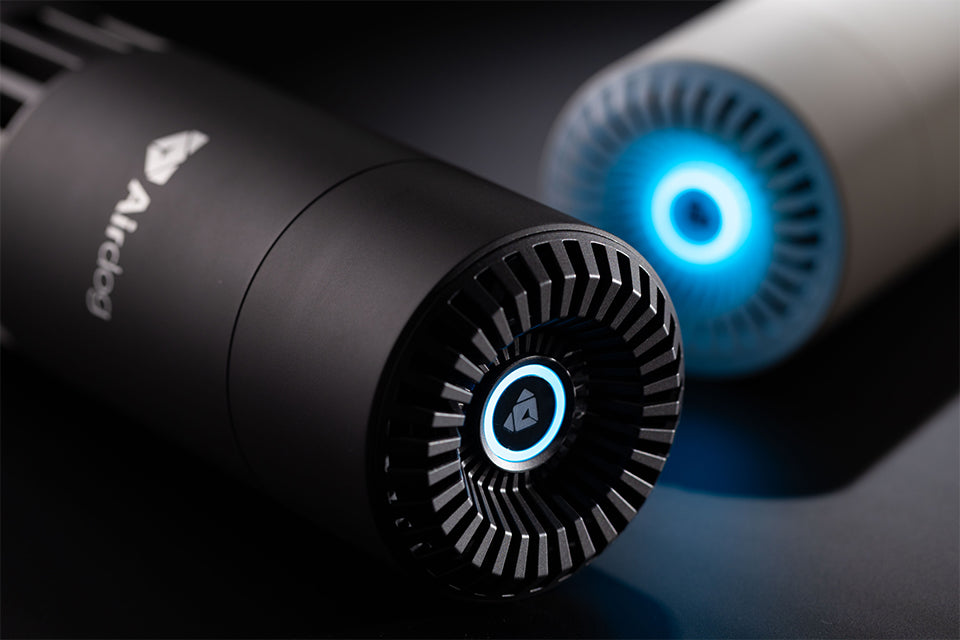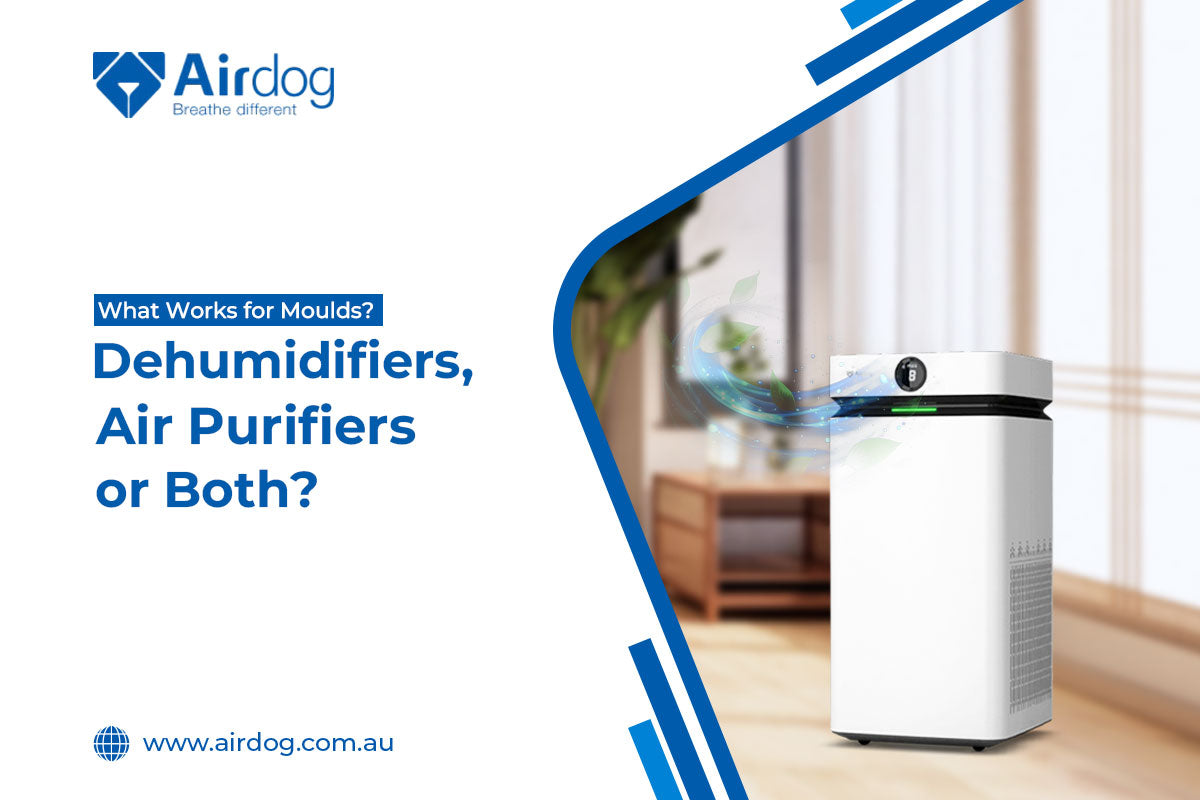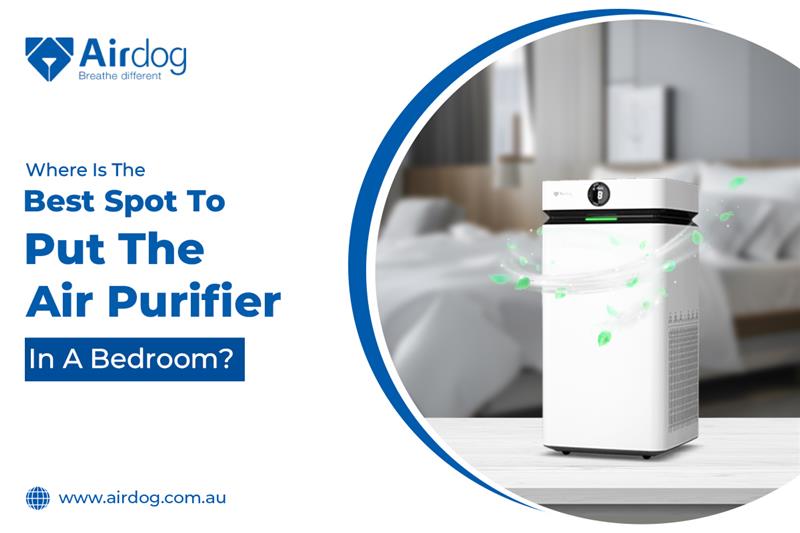Yes, it’s preferred to do so.
Your baby’s lungs are still developing, and will be developing for a while and clean air supports that. Also, a baby’s immune system is still catching up. So, the air they breathe every day should be free from dust, allergens, and germs.
Unlike adults, babies can’t filter out airborne irritants as well. Their lungs, immune system, and sinuses are still growing, which makes them more sensitive to dust, smoke, pollen, pet dander, and household chemicals.
Why Is Clean Air Important for Babies?
-
Babies breathe faster than adults, up to 40 times a minute. That means babies take in more air (and any pollutants in it) than we do.
-
According to Asthma Australia, one in four Australian kids shows signs of asthma before they reach school age. Poor air quality in the home can worsen wheezing, sneezing, coughing, and even skin flare-ups like eczema.
-
Babies who are exposed to dust and mould early on are also more likely to develop long-term respiratory problems and lung damage. Polluted indoor air can make this worse.
What Are Some Types of Air Purifiers You Should Avoid?
Some air purifiers do more harm than good. Avoid:
-
Ozone generators: These might sound high-tech, but they release ozone gas, which can irritate sensitive lungs. Not ideal for a baby’s room. Ozone generators are not effective at cleaning air when used at safe levels. They don’t remove dust, pollen, or most chemical pollutants. In fact, ozone can react with indoor chemicals and create harmful byproducts like formaldehyde. It’s also ineffective at removing odours and may dull your sense of smell, masking rather than solving the problem. While ozone can purify water in some settings, it’s not a safe or reliable option for cleaning indoor air.
-
No HEPA filter: If a purifier doesn’t have a high-quality filter, it may not catch the tiniest bits like pet dander or pollen.
-
Noisy machines: Babies need sleep. Loud fans or humming motors can easily wake or unsettle them. Certain air purifiers emit pink noise which is a soft, calming sound that may help both babies and parents sleep more peacefully.
-
Chemical-based filters: Some use materials that let off VOCs, chemicals you don’t want in a nursery.
Always check for proper certifications and customer reviews before buying.
Why Is the AIrdog Range of Air Purifiers Perfect For Your Baby’s Nursery?
Airdog air purifiers are designed with both safety and performance in mind. They use a patented TPA® technology that traps and kills airborne viruses and bacteria. Unlike traditional HEPA filters, Airdog filters are washable and reusable, so no hidden bacteria build-up and less waste.
Here’s why it works well in a nursery:
-
Minimal ozone released makes it completely baby-safe.
-
Captures particles as small as 0.0146 microns, that’s way smaller than a virus.
-
Some Airdog models run as low as 22 decibels (that’s softer than a whisper).
-
Uses lesser power meaning lower bills.
Plus, the Airdog’s air quality sensor glows softly and changes colour to show air quality in real time, like a gentle night light.
Wrapping Up
Clean air can make a big difference to your baby’s comfort, health, and sleep. Not all air purifiers are created equal, so it’s worth choosing one that’s built for both safety and performance. Airdog ticks the boxes. It’s quiet, efficient, safe, and powerful—just what your baby needs for a fresh start.




